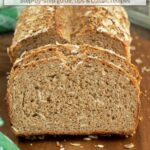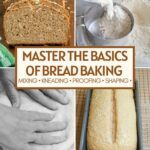Your Guide to Bread Baking
Bread baking may look intimidating, but once you understand how dough behaves, it becomes second nature. Every loaf, no matter how fancy, starts with the same basic process: mixing, kneading, fermenting, and baking.
This section introduces the core steps and ingredients so you can move confidently from your first loaf to more complex breads.
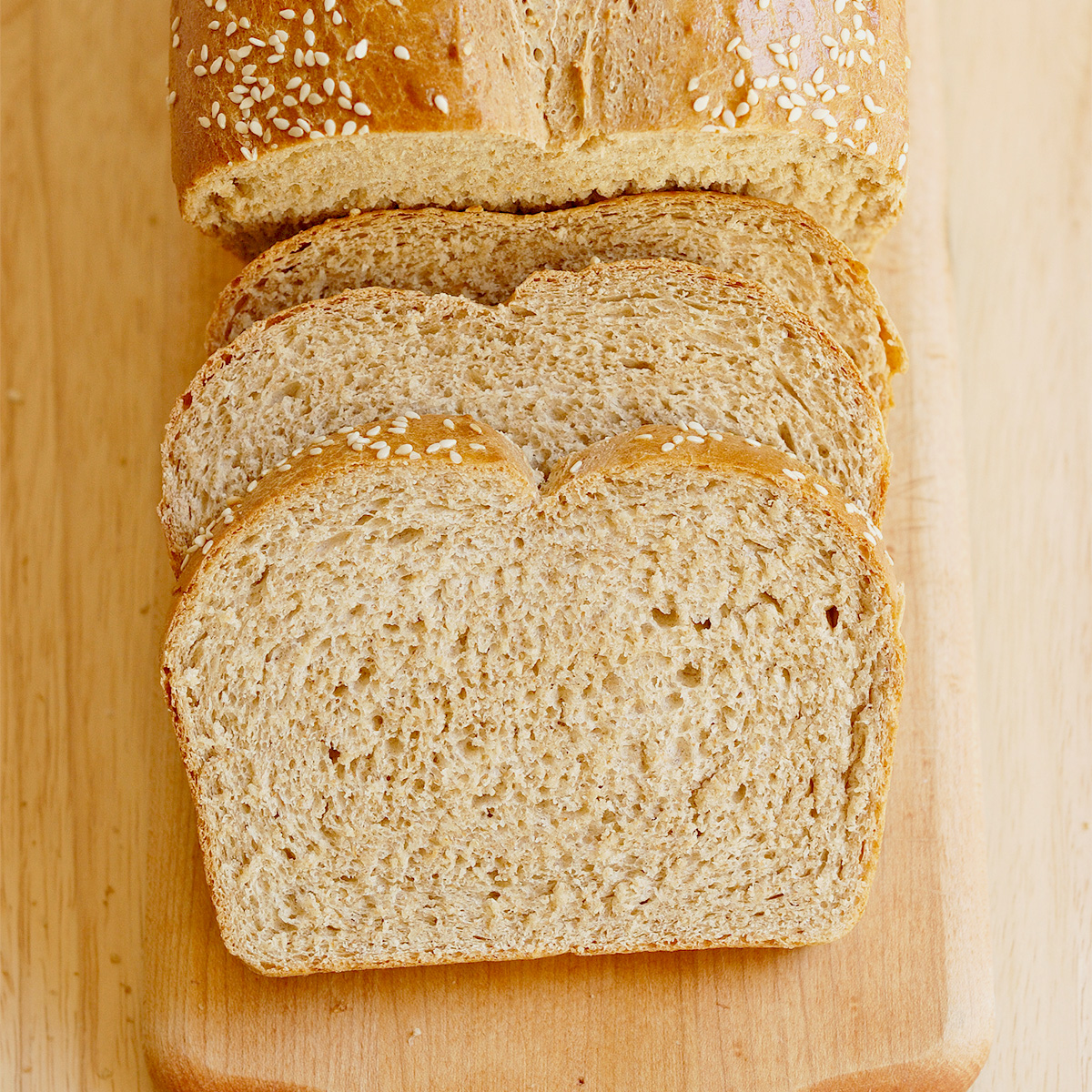
Table of contents
🥖 Introduction to Bread Baking
There’s something deeply satisfying about baking a loaf of bread from scratch. With just a few basic ingredients, flour, water, yeast, and salt, you can transform a simple dough into something warm, fragrant, and uniquely your own.
Whether you’re kneading your first loaf or refining your shaping technique, this guide will walk you through the process from start to finish. We’ll look at what makes a dough behave the way it does, the steps that build structure and flavor, and how to adjust for your own kitchen and schedule.
If you’re new to bread baking, start here. Once you’re familiar with the basics, you can explore the many bread styles below, from everyday sandwich loaves to rich, buttery brioche and rustic flatbreads.
If you love the flavor of natural fermentation, visit my Sourdough Baking Guide for recipes made with starter. Otherwise, dive in below and explore the many ways to turn flour, water, and yeast into something extraordinary.
🥣Bread Baking Basics
Common Bread Baking Terms
When you start baking bread, you’ll run into a lot of words that sound similar but mean slightly different things. Here’s a quick glossary to help you follow recipes with confidence.
- Autolyse – A resting period after flour and water are mixed (before adding yeast or salt). It allows the flour to hydrate and the gluten to start developing on its own, making the dough easier to handle later.
- Gluten – A protein found in wheat flour that becomes active when it comes in contact with water. As the dough is kneaded, gluten becomes stretchy and elastic, allowing it to trap the gases released during fermentation. That elasticity is what gives bread its structure and chew.
- Bulk Fermentation – The first rise of the dough, when the yeast begins producing gas and flavor. This step builds both structure and taste.
- Proof / Proofing – The final rise after the dough has been shaped. Proofing gives the loaf its volume before baking and determines how light the crumb will be.
- Fermentation – The overall process of yeast feeding on sugars and releasing carbon dioxide and alcohol. Fermentation happens during both the bulk rise and proofing stages.
- Hydration – The ratio of water to flour in a dough, usually shown as a percentage. Higher hydration doughs are wetter and make breads with a more open crumb.
- Kneading – The process of working the dough to develop gluten, the network that gives bread its structure and chew. I almost always use a stand mixer for this step, but you can also build gluten through stretch-and-folds or hand kneading.
- Windowpane Test – A simple way to check if gluten is developed. Stretch a small piece of dough between your fingers; if it forms a thin, translucent “window” without tearing, it’s ready.
- Scoring – Slashing the top of the dough just before baking. Scoring controls how the bread expands in the oven and can also add a decorative touch.
- Oven Spring – The final burst of rise that happens in the oven as the dough heats up and gases expand before the crust sets.
- Crumb – The interior texture of the bread, open and irregular in artisan loaves, fine and even in sandwich bread.
Understanding Bread Dough Basics
All bread doughs share the same foundation: flour, water, yeast, and salt. The way those ingredients interact determines everything from the crumb’s texture to the crust’s color.
- Flour provides the gluten structure. Higher-protein flours make chewier breads; lower-protein flours yield a softer crumb.
- Water hydrates the flour, activates the gluten and controls texture. A wetter dough gives you a more open crumb; a drier dough makes a denser loaf.
- Yeast gives bread its rise and flavor through fermentation.
- Salt strengthens the gluten and balances the flavor.
You can think of bread recipes as variations on this simple formula. Enriched doughs include butter, eggs, or milk for tenderness; lean doughs stay simple and crusty. Once you understand how each ingredient behaves, you can adjust any recipe to your taste or baking style.
🧑🍳 Bread Baking Techniques
These core technique guides walk you through the bread-making process step-by-step. Work through them in order, or use them as reference when you want to refine a specific stage.
- Mixing & Kneading Dough
Develop the dough’s gluten structure for strength, elasticity, and volume. - Bread Dough Fermentation
Learn how to judge dough readiness by appearance and feel, rather than relying on time alone. - Shaping & Proofing Dough
Create surface tension to support the loaf’s structure, and recognize when the dough is ready to bake. - Scoring, Baking & Storing Bread
Guide the loaf’s expansion in the oven, manage heat and steam, and finish with proper cooling and storage.
⚙️ Troubleshooting Common Bread Issues
Every baker, no matter how experienced, has pulled a less-than-perfect loaf from the oven. The good news is that bread “mistakes” are usually easy to diagnose once you understand what’s going on in the dough.
Here are a few common problems and what they can tell you:
- Dense or heavy crumb: Often a sign of under-kneading, under-proofing, or not enough oven spring.
- Gummy interior: The bread may have been slightly under-baked or sliced before it cooled.
- Flat or deflated loaf: Usually over-proofing—when the dough has expanded beyond its strength.
- Pale crust: Check oven temperature or steam; a little sugar or milk in the dough can also help color.
Use this section as a quick reference, then visit the detailed technique and ingredient pages for more help. You’ll soon start to recognize the small cues that tell you what your dough needs.
🍞 Explore Bread Recipes
Now that you understand the principles behind a great loaf, it’s time to bake. Below you’ll find collections that show the full range of what you can create—from simple everyday breads to rich, sweet bakes and international styles.
Each group includes recipes that share a similar dough or technique, so you can build skills as you bake:
- Classic Sandwich Breads – Soft, dependable loaves perfect for slicing.
- Enriched Breads – Brioche, challah, and other tender, buttery styles.
- Breakfast Breads & Sweet Yeast Bakes – Cinnamon rolls, babka, and other morning indulgences.
- Rolls & Dinner Breads – Individual portions that make any meal special.
- Crackers & Crisps – Super thin bread that bakes up crunchy and crisp.
- Flatbreads & International Styles – Focaccia, pita, naan, and more from around the world.
Start with a style you love, and you’ll quickly see how the same dough principles apply across all of them.
Classic Sandwich Breads

There’s nothing like the smell of fresh bread baking in the oven. These classic loaves are made with commercial yeast for reliable rise and soft texture. Whether you’re looking for an everyday sandwich loaf or a hearty multigrain bread, these recipes are the foundation of great bread baking.
Want to branch out? Try my Dutch Crunch Rolls for a big flavor in a smaller form.
Enriched Breads
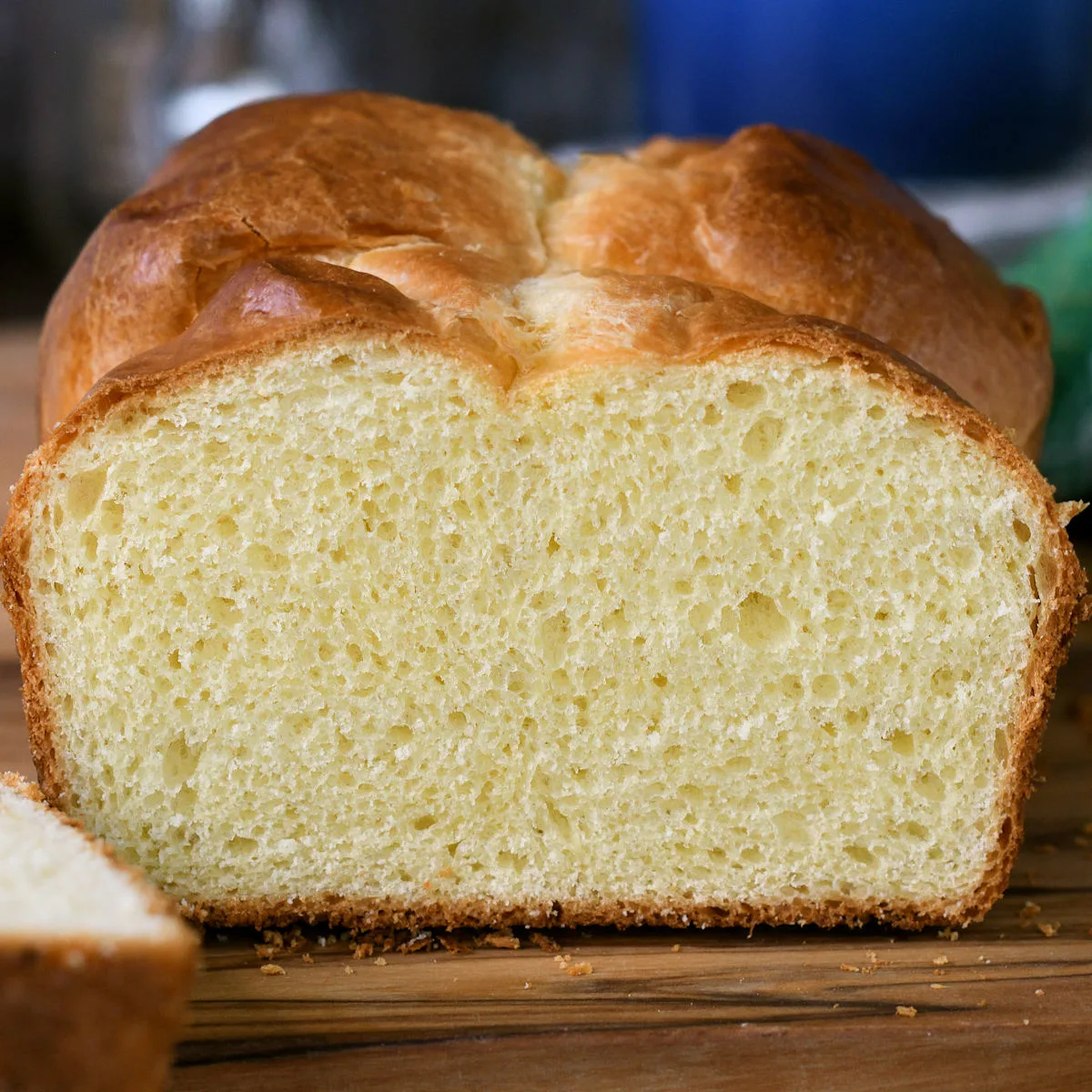
These bread doughs are enriched with eggs, butter, and milk, ingredients that make bread tender and rich. These recipes take a little more time and care, but the results are worth it. From favorites like brioche to indulgent sweet breads, these are the recipes that turn simple dough into something special.
If you enjoy these doughs, don’t miss my Sourdough Brioche for a naturally leavened version of a classic
Breakfast Breads & Sweet Bakes
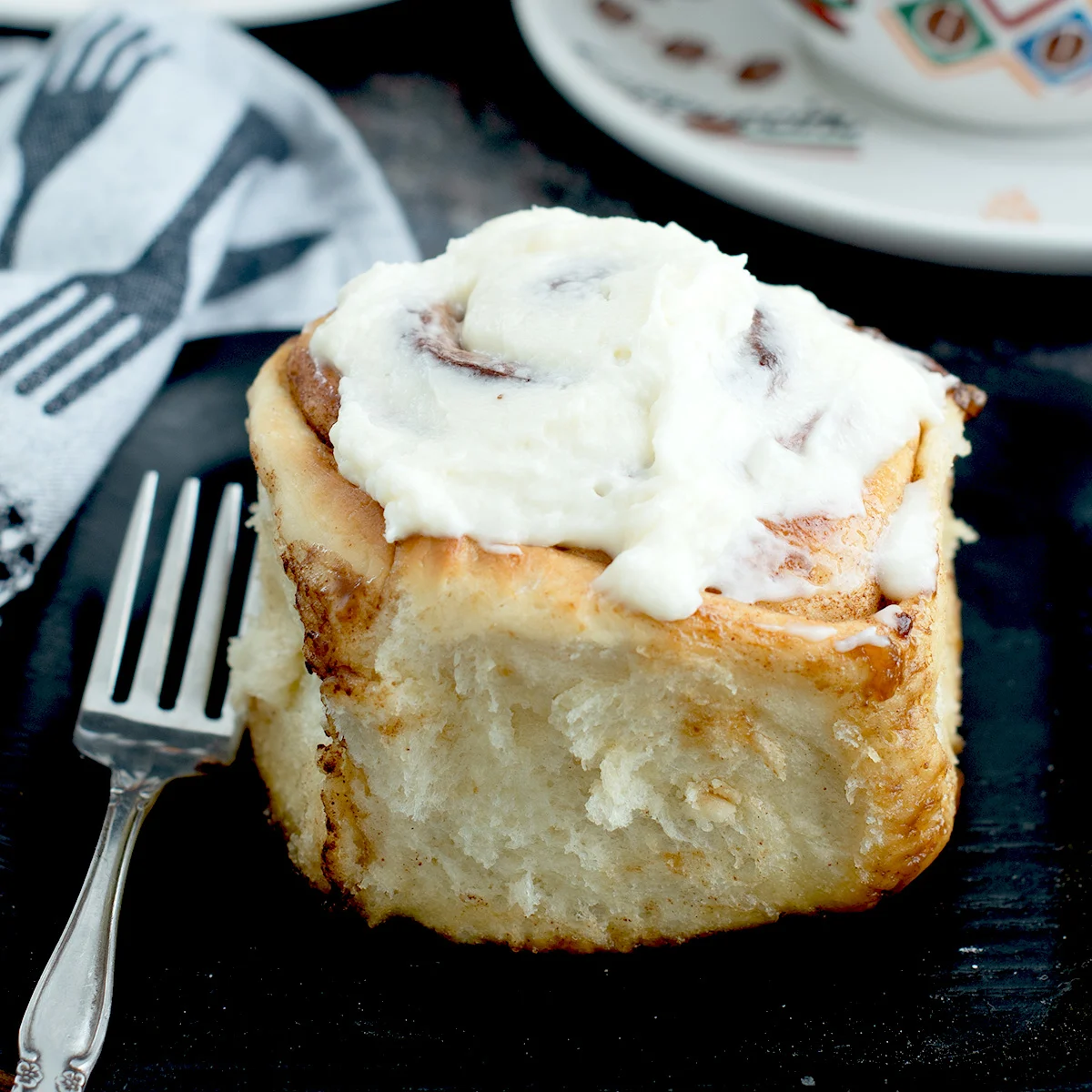
Buttery, gently sweet, and always worth the effort — these yeast-raised breakfast bakes include everything from soft cinnamon rolls to caramel-topped sticky buns and golden doughnuts. Each recipe starts with an enriched dough and ends with something warm, fragrant, and impossible to resist.
For a naturally leavened treat, make these Sourdough Sticky Buns.
Rolls & Dinner Breads
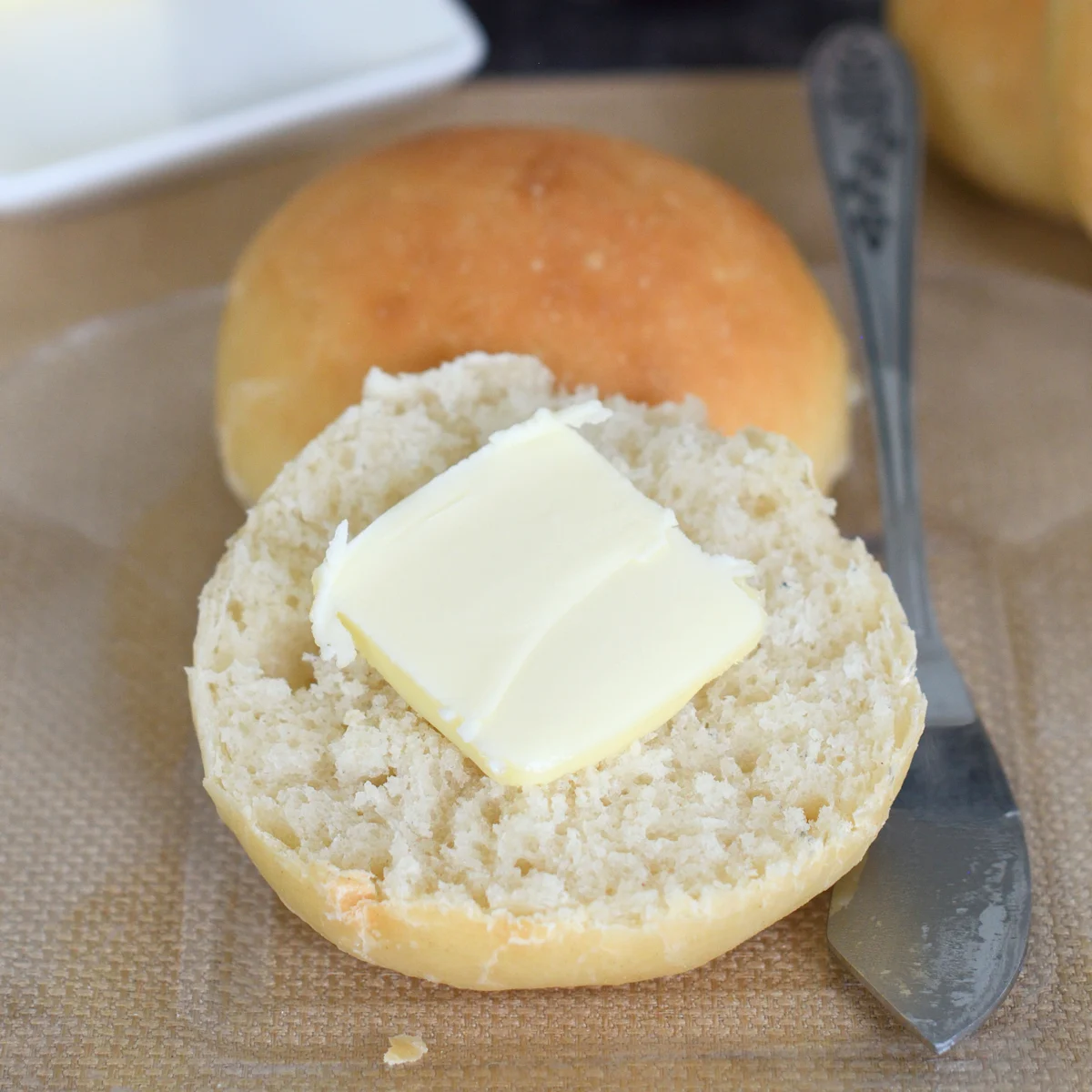
There’s something satisfying about a tray of golden, freshly baked rolls on the table. These recipes range from soft, buttery dinner rolls to hearty, flavorful breads made for everyday meals or special occasions.
Want to try natural fermentation? See my Sourdough Dinner Rolls.
Crackers & Crisps
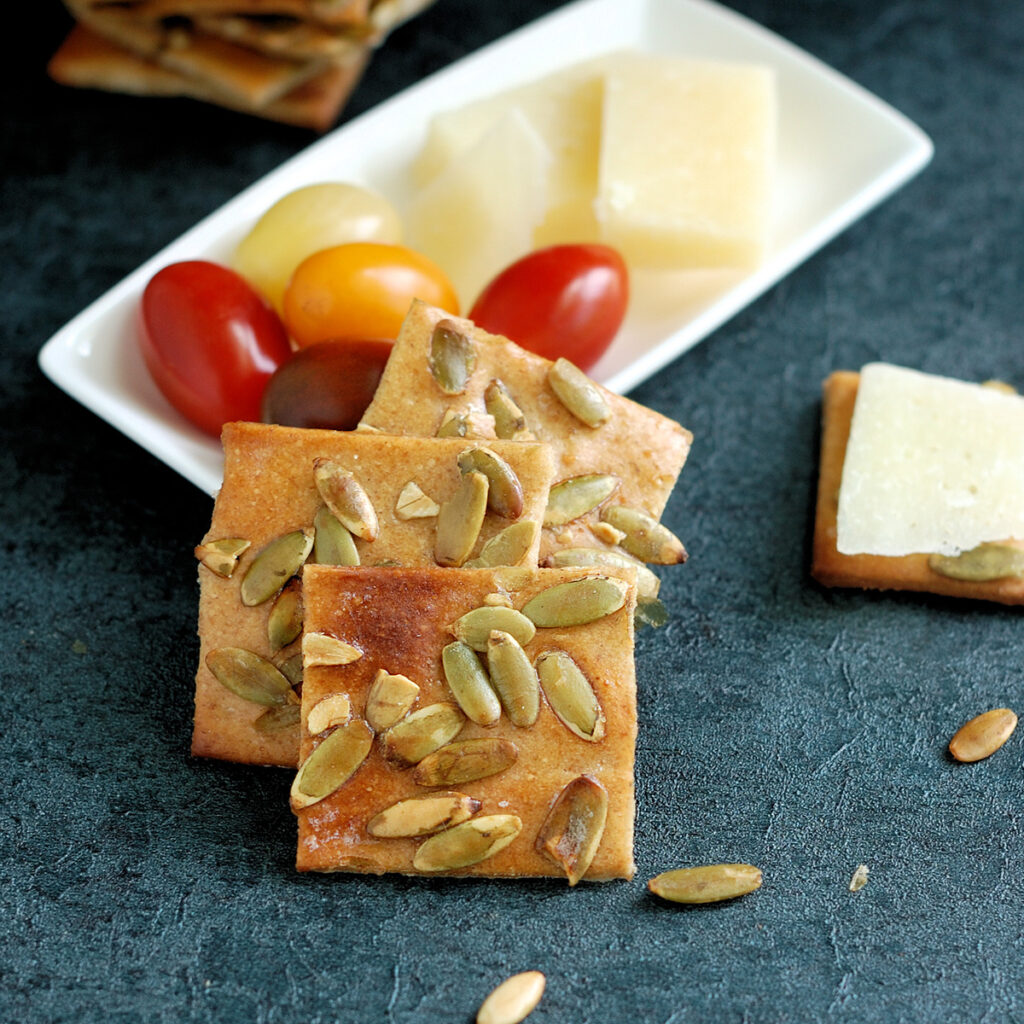
Crackers and crisps are thin, crunchy breads made from simple doughs rolled and baked until crisp. They add great texture to a cheese board or make an easy homemade snack.
For a cheesy, tangy treat try making Sourdough Cheese Crackers.
Flatbreads & More

These versatile breads are great to making sandwiches, dipping into flavored oils or just tear off a hunk and enjoy.
For big fermented flavor, make Sourdough Focaccia with crispy
🌾 Looking for Sourdough?
Because sourdough behaves differently, it deserves its own deep dive. Head over to the [Sourdough Guide → coming soon] to learn how to maintain your starter, time your bulk fermentation, and bake loaves with that signature tang and crackling crust.
❓ FAQ
Even with experience, bread dough can still surprise you. The answers below cover the questions I’m asked most often—about mixers, proofing, flour choices, and storage. Keep this section handy as a quick reference while you bake, and follow the links if you’d like a deeper look at each topic.
A stand mixer makes bread baking so much easier, and I use mine for just about every dough I make. It keeps the kneading consistent and frees you to focus on timing and fermentation. If you don’t have a mixer, you can still bake great bread kneading by hand or using the “no knead” stretch-and-fold methods—I explain that in my How to Knead Bread Dough guide.
Timing alone isn’t reliable—dough is ready when it looks and feels right. It should be airy and slightly springy when you press it with a fingertip. My Bread Dough Fermentation guide explains the cues to look for and how to avoid over-proofing.
Store your loaf at room temperature in a paper or cloth bag for a day or two; avoid plastic unless you prefer a softer crust. For longer storage, slice and freeze the bread. You can reheat slices straight from the freezer in a toaster or oven—perfect for weekday breakfasts.
Not at all. A mixing bowl, a kitchen scale, and a sturdy baking pan or Dutch oven are enough to make beautiful loaves.
That’s usually a fermentation issue. Bread flavor develops over time, so try a slower or cooler rise next time. Recipes that use a preferment or overnight rest (like my Overnight Rye Bread) build much deeper flavor.
Yes, in most cases. Bread flour gives a chewier texture thanks to its higher protein content, but all-purpose flour is sometimes the best option when you want a lighter crumb. I break this down in my Flour in Baking guide if you’d like to learn more.

